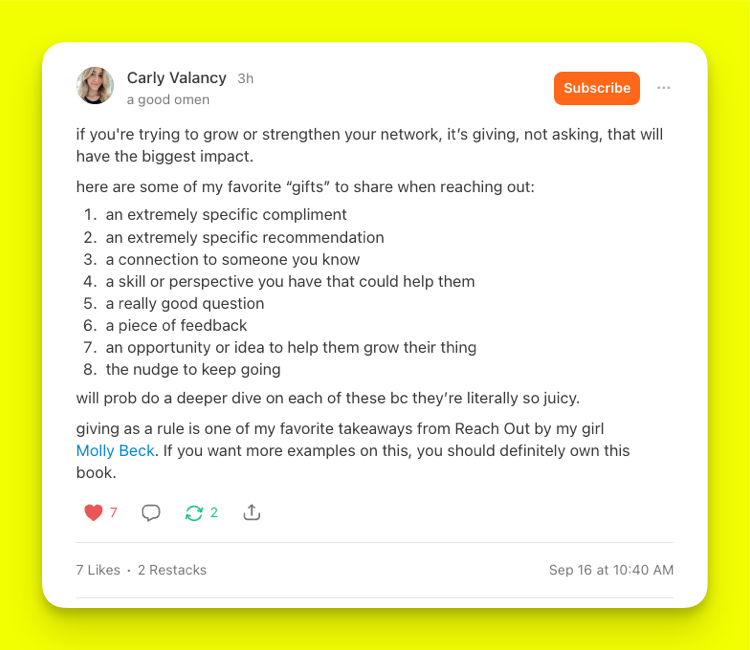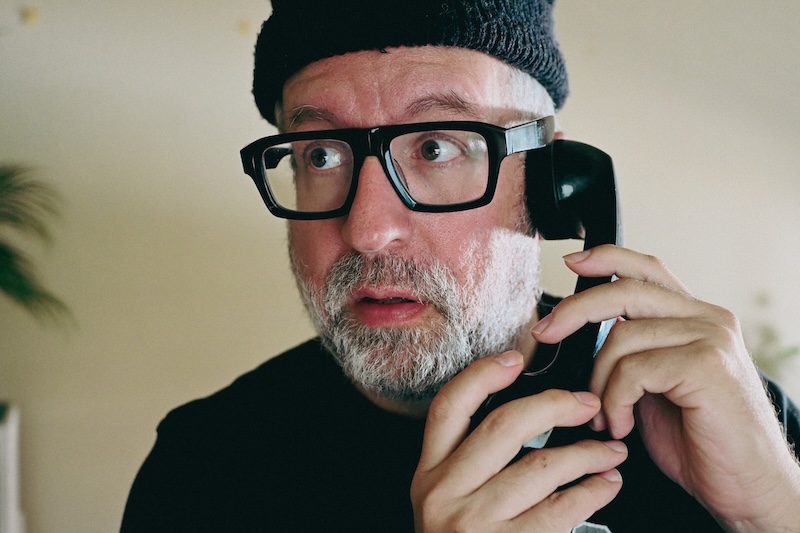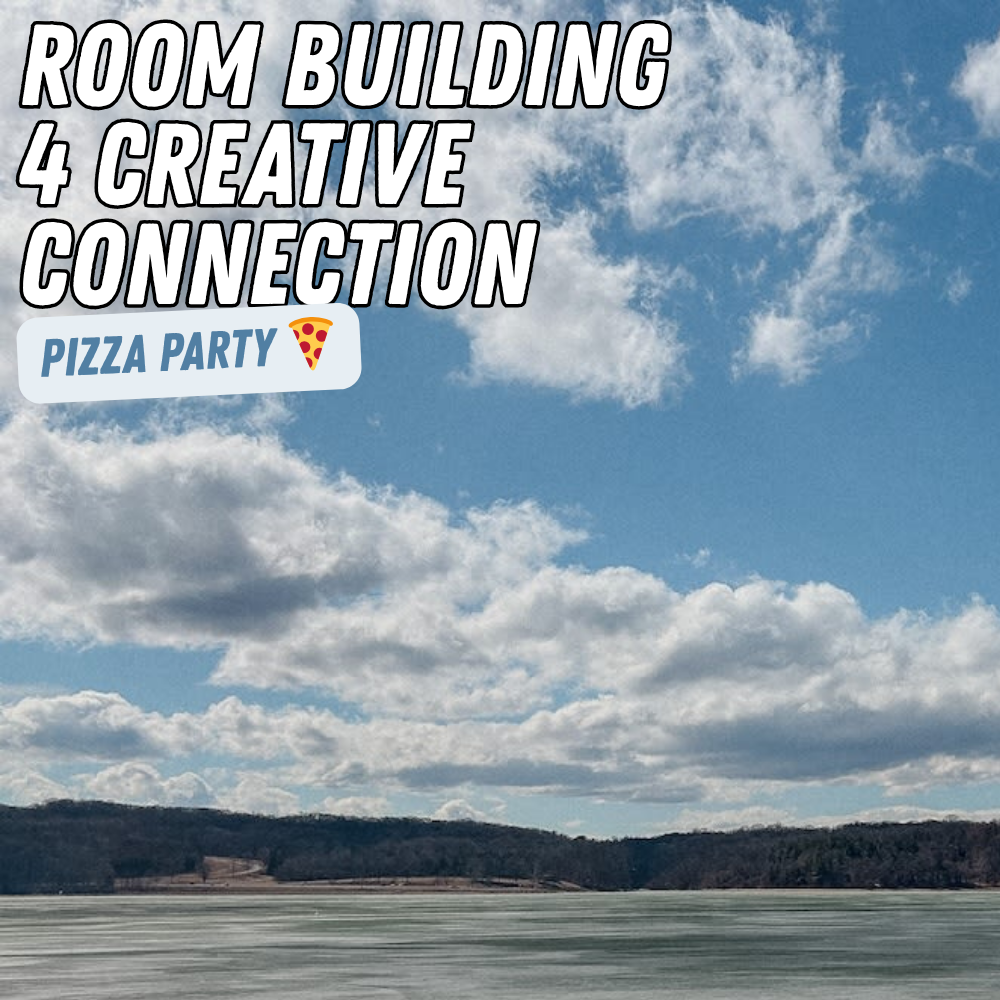From James O’Sullivan in “The Last Days Of Social Media,”
“Average interaction rates across major platforms are declining fast: Facebook and X posts now scrape an average 0.15% engagement, while Instagram has dropped 24% year-on-year. Even TikTok has begun to plateau.”
Even if you’re still clinging to the glory days of social media, there is growing evidence that the best days are clearly in the past.
Most everything you post isn’t even seen by 95% of your followers. Sure, now and again they’ll see it, since the casino has to pay out once in awhile, but folks on social media want to be on social media.
“The timeline is no longer a source of information or social presence, but more of a mood-regulation device, endlessly replenishing itself with just enough novelty to suppress the anxiety of stopping.”
(via Jeffery Saddoris)
This from Howard Wuelfing, who made zines and documented the vibrant punk rock music scene in Washington, D.C. (read the full interview here, via Jen)
“(My) phone number wasn’t published in the magazine, but people were doing research. People were looking to make connections. At a certain point over a number of years, they built up something that at one point they used to call Fanzine Nation: this whole network of fanzines all over the place. You had local clubs that really specialized in booking indie bands that were created because people were looking to connect. It wound up being a very vital, very active, and very effective network of all these people working together. They looked for each other, they found each other, they collected that information, they shared it, and it was great.”
This isn’t just nostalgia, this is still happening. Social media companies make you think that all the connections start and end with their platforms, but there are many routes to make things work.
People are leaving social media and finding life outside of algorithms, away from the influence of techbro monoculture, and it’s all about sending the right signals.
What signals are you putting out today?
How can you send better signals?
And how can you make sure your signal doesn’t get lost in the noise?
Posting on social media is a lottery ticket, but sending an email to someone in a far away scene, or a newsletter write covering a particular topic, those are better odds. Get what you want by asking for it, not wishing upon a star.
Emailing someone directly puts you on the hook, which makes it scary. But if you’re stuck on what to send, Carly Valancy has some suggestions:

Source https://substack.com/@carlyvalancy/note/c-156573906 Networking doesn’t have to be gross, and if you’re only doing it to get something, you’re doing it wrong. Bringing more people into your creative orbit can be a gift in itself.
Rigid publishing schedules and timelines are the teachings of the techbro industrial complex, the unholy trinity of The Data, The Device, and The Distraction.
Social media was a job we never signed up for, a part time gig to appease the algorithm. Displease the platform and you’ll be banished from the feed.
Yet I talk to many creative people who’ve stepped away from the social media circus and they’re doing fine. People who’ve left tech jobs and done okay. People who’ve left the hustle Olympics and realized there is life outside the algorithm.
As Erin Shetron said, daring to “(imagine) what devotion to craft can look like outside of platform demands.”
Instead of getting more subscribers, what if we focus on getting better?
Without a map, “better” becomes difficult to find. Without external validation or “engagement,” we’re off the hook – who can blame you for throwing in the towel?
But like my buddy Sean Cannon said on a recent Escape Pod Zoom call:
“All you have to do is just be 5% better than everyone else who’s really bad at it. You don’t have to get everything perfect… you just have to be a little bit better so you can survive the war of attrition.”
This doesn’t mean you have it all figured out, it just means you have the chance to figure it out because you didn’t burn out and give up.
Amelia Hruby of the Off The Grid podcast was our guest on a recent Escape Pod Zoom call, which is 1/3 interview, then 2/3 community Q&A, and that’s where this question comes from, and I think apples to many art forms aside from podcasting!
How did you build the audience for your podcast without social media?
“The way I have built the audience for my podcast has largely been relational. Even in Season 1, I had on guests, and they liked the show, and they told more people about the show, and those people told more people about the show.’
This is definitely a variation of “getting awareness off our plate,” in that maybe we don’t need to spend so much time making social media assets or posting on several platforms to get the word out. This way we’re spending our efforts making great work that people want to be a part of, rather than trying to post our way to greatness.
It’s also important that your podcast has a focus, as Amelia explains:
“I work on a lot of podcasts, and what I will say with so much love to everyone who has a podcast is that most don’t have a clear premise, and they don’t really know why people should listen. Many people make a podcast because they want to make a podcast, which is beautiful. But people listen to a podcast because it’s giving them something—entertainment, education, or in my case, a space for people who don’t want to be on social media but still want to make money from their art. They stay because they feel so seen.”
Get on Amelia’s waitlist to be notified when her new book “Your Attention is Sacred Except on Social Media” is available for pre-order!
So later this month I’m doing another workshop, err… pizza party. The MAKING COZY VIDEOS PIZZA PARTY.
I’m still learning how to do workshops, and honestly, I don’t like the set of expectations that are tied to them. I believe we learn better together, so while I’m fine talking about what I think is best, I encourage everyone in the room to talk about what works for them as well.
My rectangle in a Zoom call doesn’t know all the answers, but together we get closer to what we’re looking for.
(more…)Q. I’d be curious to see a post on how you manage to pitch and get on sooo many podcasts, from Teodora.
A. If you wanna be on podcasts, show people what it’s like to have you on a podcast! A podcast host is taking a risk when they invite you on their show, especially if you haven’t shown that you’ve appeared on other podcasts – like me!
What I did was two-fold: I made more videos, mostly answering questions that people ask me, or doing Substack Live streams all by myself.
Most important behind all this, though, was having a passion for what I was talking about. I love helping people, and I love nerdy internet newsletter stuff, and I think that really comes across in these clips.
(more…)I got to be a guest on the Off The Grid podcast – a dream come true!
We spent this episode tracing our 20+ years of being online, from back in the days of AOL and Tumblr, through the chaos of Twitter, and into today’s mix of Instagram, TikTok, and Substack. Yikes!
“We were doing things that just were interesting to some people, not 10,000 people, whatever. I didn’t have a massive following or whatever, but it was enough to like get neat conversations going.”
Along the way we talked about how our early internet experiments shaped the work we do now, like when Ameila left social media years ago:
“When I left social media in 2021, people thought I was going to be back. They were like, ‘This is not a viable option if you want to be a small business owner and I proved them wrong.’ … But in 2025, everyone’s like, ‘Oh yeah, we all got to get off social media.’ Like, nobody questions it anymore in the way that I used to face a lot of fear, anxiety…”
We also talk about the importance of having a website, and how email became the lifeline for our creative projects. I also shared why I shifted my paid subscribers off Substack, what worked, what didn’t, and some lessons learned about paywalls.
Amelia Hruby, PHD will be our special guest on Thursday’s Escape Pod Zoom call with Social Media Escape Club Members. Start your trial membership and join us – details here!

I help creative people quit social media, promote their work in sustainable ways, and rethink how a website and newsletter can work together. Find out more here. 🏳️🌈🏳️⚧️
Join us — Get a 30 day trial for $10 and join our next Zoom call meeting!
Looking for personalized help? Check out my Email Guidance offering.
Need help now? Book a 1:1 call here.
Email me: seth@socialmediaescape.club
Subscribe via RSS


